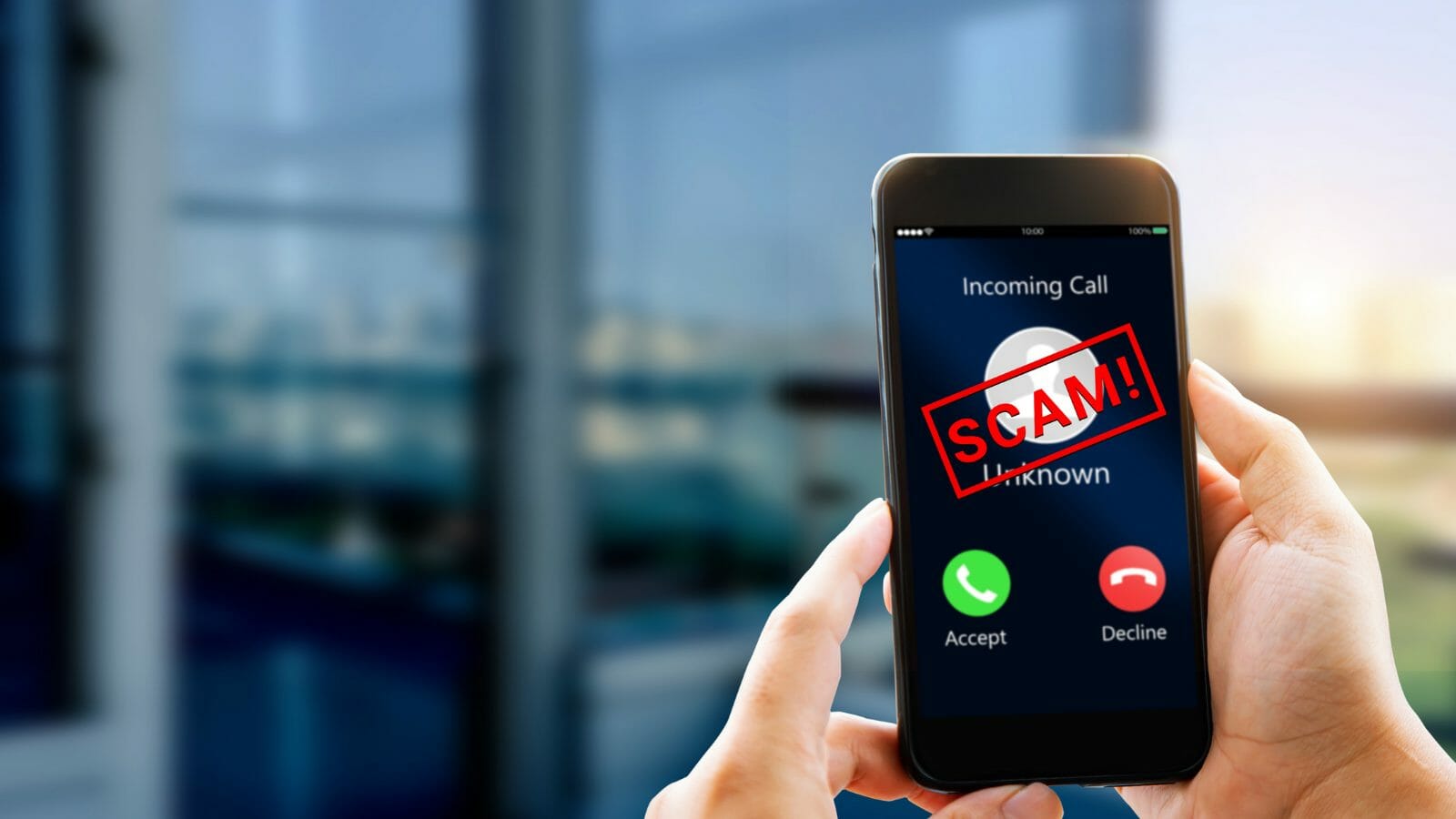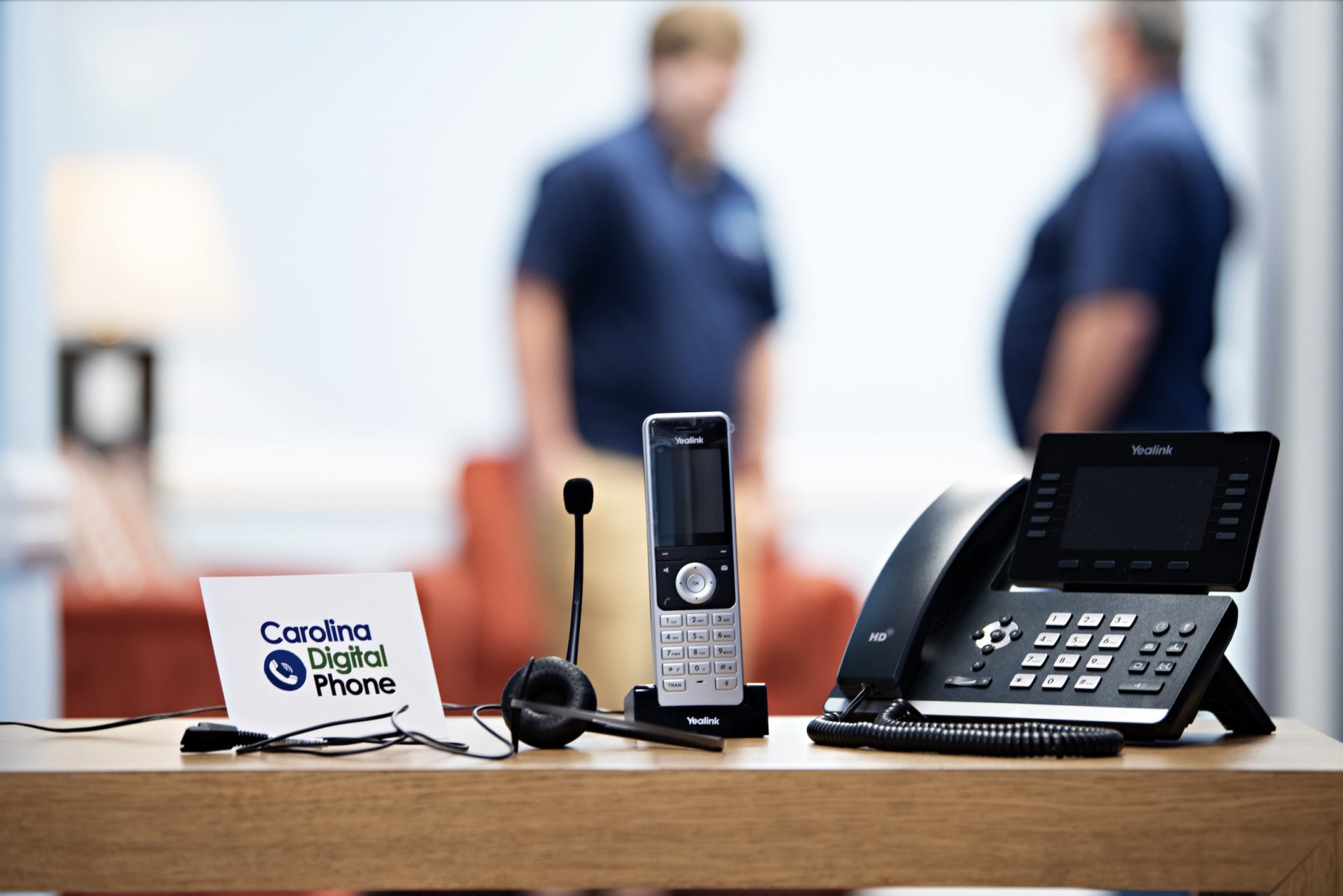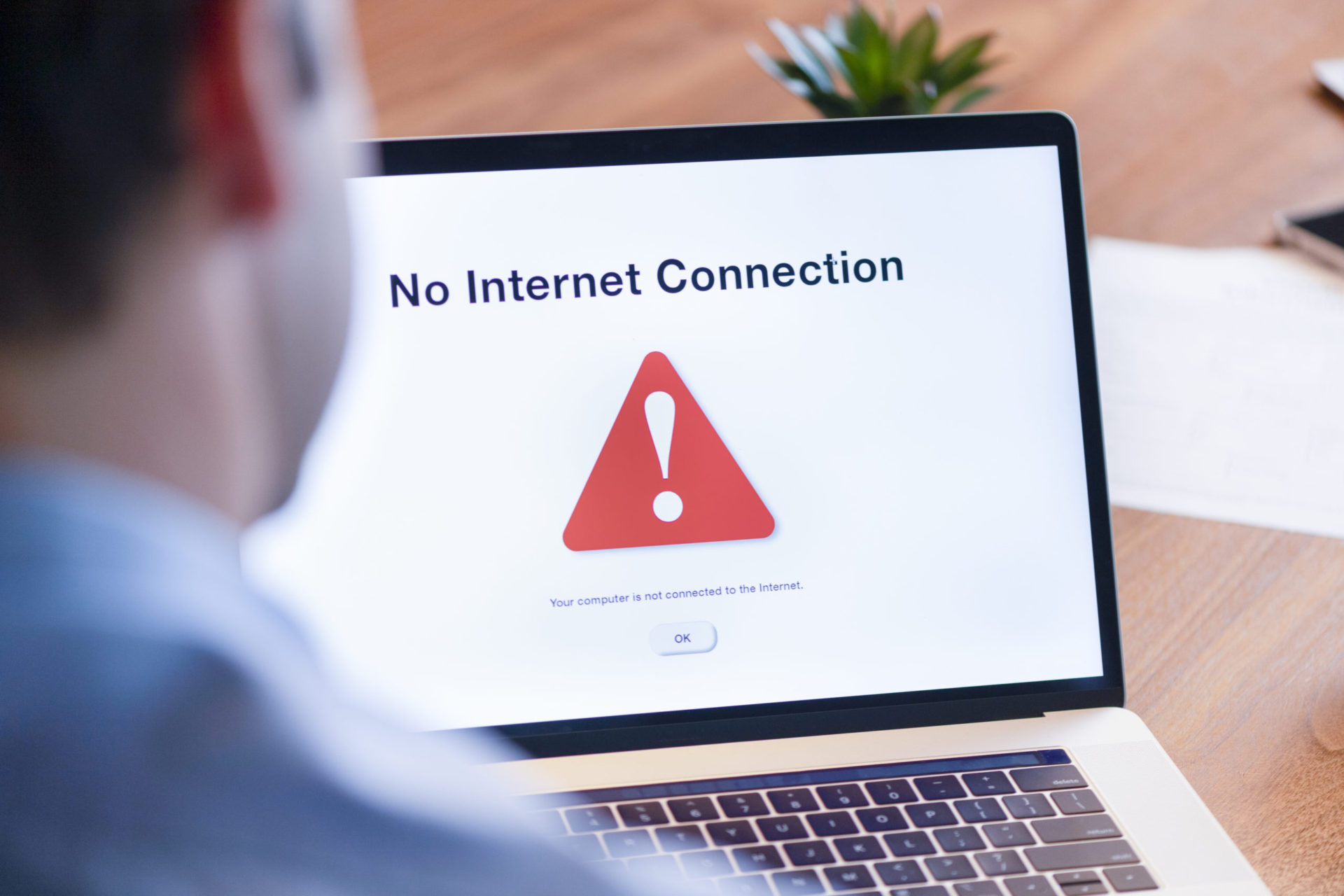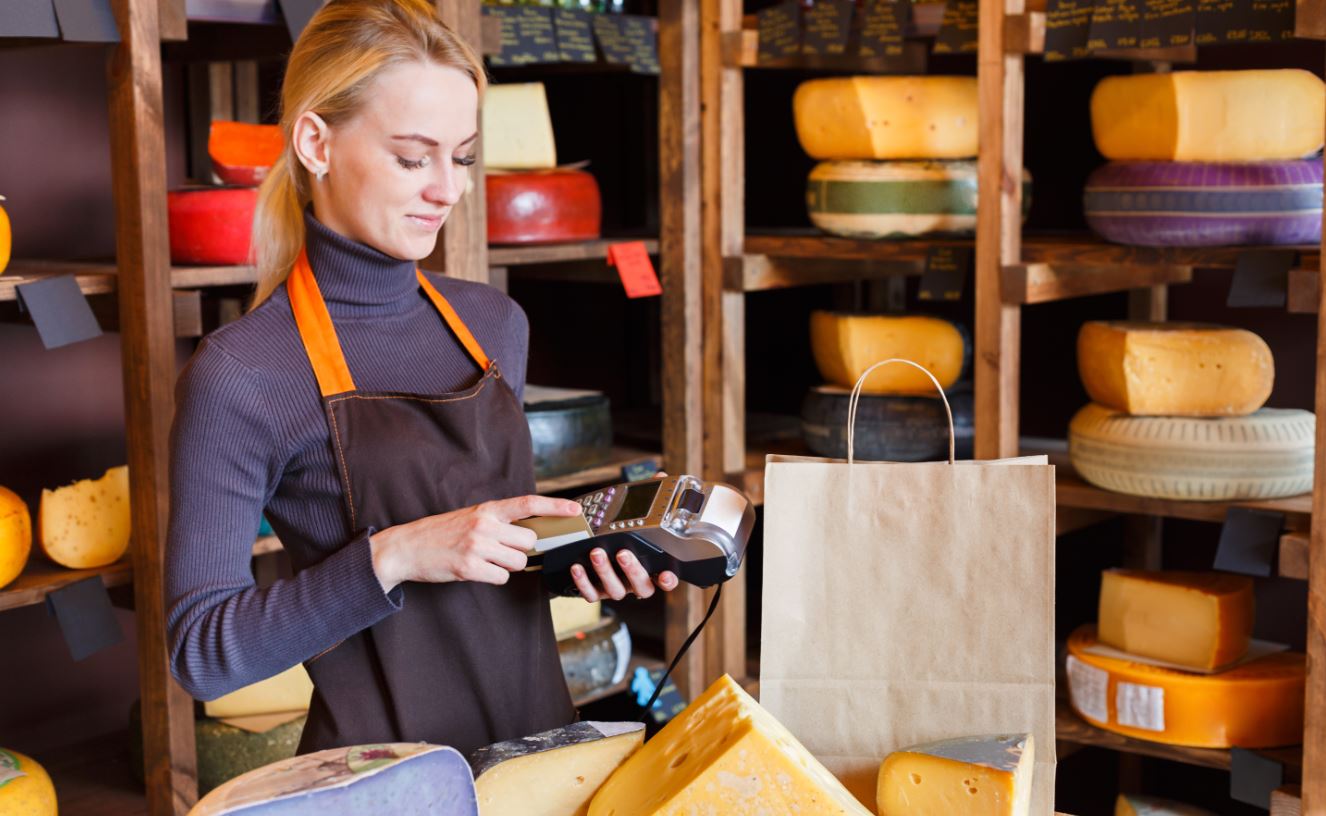Since trusted telephone providers like Carolina Digital Phone have put into place STIR/SHAKEN, the number of unwanted and spoofed phone calls is slowly being reduced. The procedure tells phone customers that the caller ID data they get is valid for the calling party. The idea is to allow consumers to be more confident that a call they receive is not a SPAM or robocall.
Unfortunately, STIR/SHAKEN has only slowed the growth of SPAM. According to YouMail, robocalls were on their way down, until recently. You’ve heard the old saying – “When one door closes, another opens.” Just because there is a roadblock in their way, doesn’t mean spammers are giving up – they are simply banging away at other doors to find a way back in.
Carrier Verified Calls Look Different
Even though many major carriers have implemented STIR/SHAKEN protocols, there is not a standard for displaying verified calls. A verified call might display differently, based on the particular type of smartphone or tablet being used. This lack of consistency may be adding confusion in the fight against robocalls.
Avoiding SPAM: AT&T “Call Validation Checkmark”
AT&T has turned on its first phone displays that let you know an incoming call is really from the number appearing on Caller ID. Depending on the device, some AT&T customers will see a green checkmark and the words, “Valid Number.” AT&T says displays will be added to more mobile devices in the coming months. According to the carrier, a “valid number” display helps fight against bad guys, but it can never guarantee an individual caller is a good guy. Consumers should always use their best judgment when answering calls from strangers.
Avoiding SPAM: T-Mobile “Caller Verified”
T-Mobile launched its new Caller Verified technology which gives its customers even more protection from scammers and spammers than before. Caller Verified is T-Mobile’s implementation of the STIR and SHAKEN standards. According to T-Mobile, This technology is available now on certain phones and is free for all Un-carrier customers. Caller Verified will be available on more smartphones in the coming months
Avoiding SPAM: Verizon “Call Verification”
Verizon is now exchanging STIR/SHAKEN-enabled calls with wireless carriers that collectively represent around 80% of the U.S. wireless industry. So what does this mean for customers? Now, when a call is received from Verizon to one of the participating carriers’ networks, or vice versa, both companies can verify it’s coming from the real phone number – that means fewer calls being spoofed, giving consumers more confidence that the calls they receive are coming from the number displayed on the Caller ID and not SPAM.
Google “Verified Calls”
Businesses often rely on phone calls to reach out to new customers and serve existing ones. But here’s the hang-up: customers often don’t answer the call if they don’t recognize the number. Google’s Verified Calls aims to solve this problem by showing the caller’s name, logo, the reason for calling and a verification symbol indicating the business have been authenticated by Google.
What About Other Providers and Devices?
The good news is that most current phones will display something like a green check or text indicator to note call authentication. The bad news is – that if you’re still rocking a Motorola Razor or some other older phone it may not display any call authentication information.
Avoiding SPAM: How Do I Get Verified Calls?
It will still be some time before a full caller ID display for verified calls is commonplace. In the meantime, businesses should continue to be diligent about registering their CNAM data with voice providers and carriers. Although most carriers and modern phone devices will display validation information, there are inconsistencies throughout the communications system resulting in different display appearances. While this lack of uniformity can cause confusion, the communications industry is working on a better experience.
Why CNAM Registration is Important for Verified Calls
Just because a consumer sees an incoming call marked as “verified,” they may still not feel comfortable answering such a call. Additionally, this feature may not even be available to some customers. Because some carriers do not offer this feature, it is vital that businesses register their phone numbers with CNAM.
Avoiding SPAM: High Volume Calling
The FCC and major carriers recognize that there are legitimate business use cases that require high call volumes. This is for businesses like healthcare for calling for doctor appointment reminders, and alerts. You can submit a request for these carriers to whitelist your number. You will simply explain your valid reason for high-volume calls. Once approved, the providers will note your phone number to control future blocked calls or unwanted prepended caller ID. This helps you avoid being labeled as SPAM.
Here are links to some of the major carriers to submit a request:
On the horizon, the rollout of rich call data (RCD) to the public, will go a long way to removing inconsistencies throughout the industry. In the meantime, keep an eye on how your business phone number shows. This should be checked across multiple devices and carriers and will help you keep on top of the potential issues. It is crucial to avoid having your number flagged as SPAM. Carolina Digital Phone is constantly keeping abreast of the latest in call authentication and security to ensure our customers receive the best possible service. If you have any questions, please call us at (336) 544-4000.




